Seahorses are some of the most captivating creatures in our oceans, with their horse-like heads and curly tails. I’ve been charmed and fascinated by them since I was a kid. These unique fish have been swimming in British waters for centuries, yet they still hold many secrets. From their unusual breeding habits to their remarkable camouflage abilities, seahorses are incredible little creatures, and it saddens me their numbers are in such decline. Join us as we explore 14 surprising facts about the seahorses found along Britain’s coasts, and discover why these enchanting creatures deserve our attention and protection.
Male Seahorses Give Birth
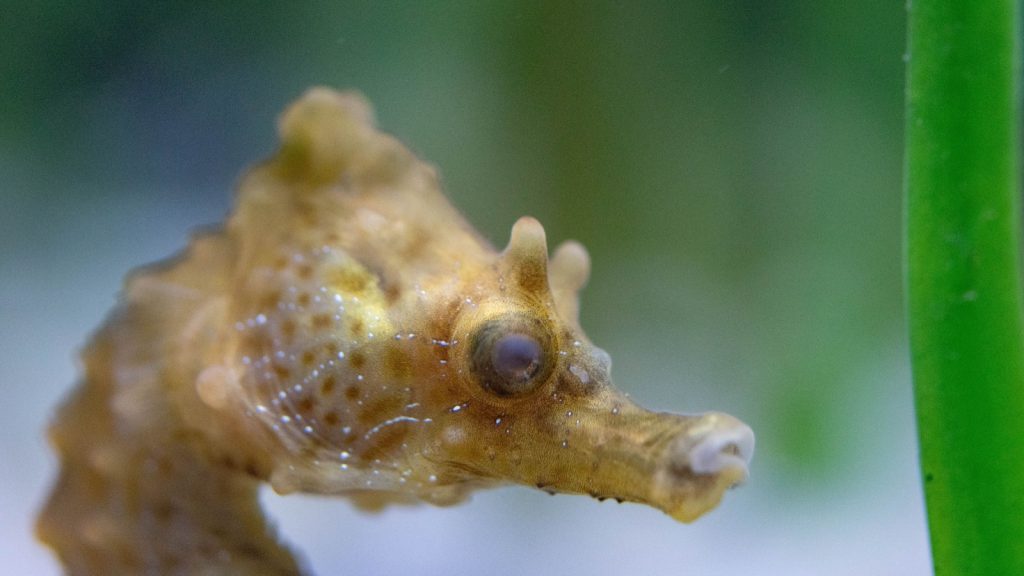
In a rare reversal of roles in the animal kingdom, male seahorses are the ones who get pregnant and give birth. The female deposits her eggs into the male’s brood pouch, where he fertilizes and carries them until they hatch. This unique process can last up to 45 days, with the male giving birth to hundreds of tiny seahorses.
They’re Poor Swimmers
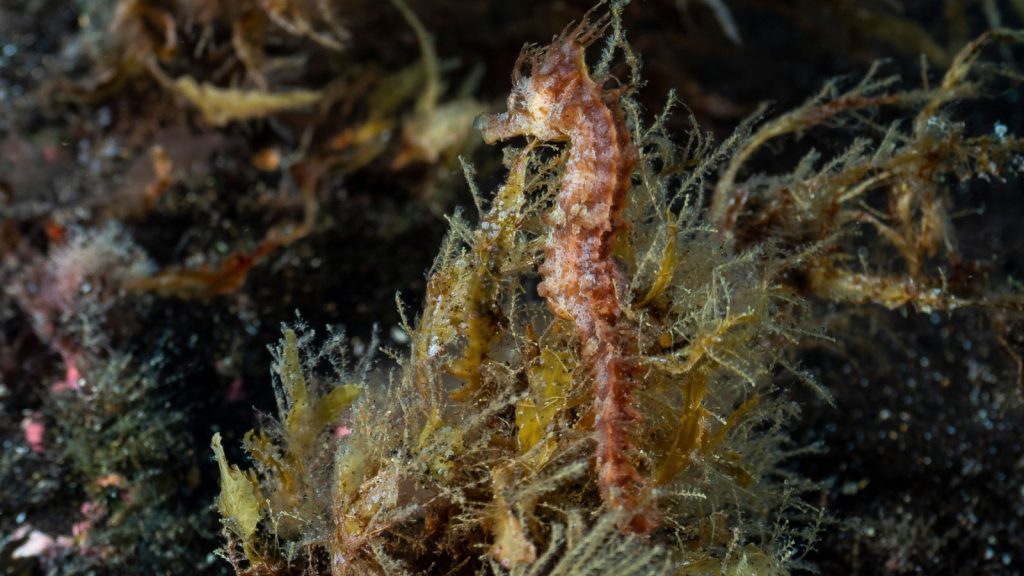
Despite living in the ocean, seahorses are surprisingly poor swimmers. Their unique body shape isn’t built for speed or agility. Instead, they use their tails to anchor themselves to seagrass or coral, relying on their dorsal fin to propel them slowly through the water.
They Have No Stomach
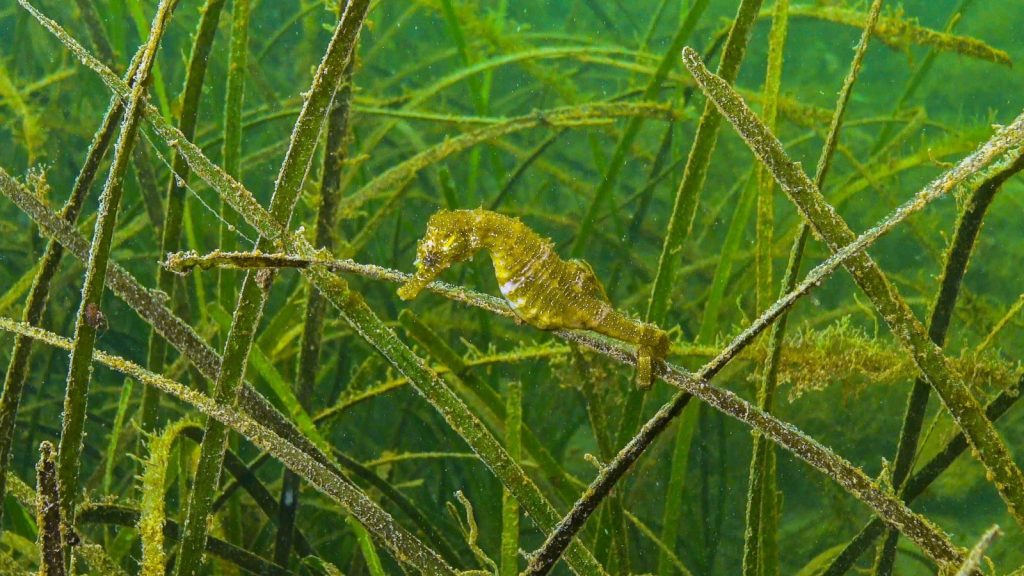
Seahorses lack a stomach, which means food passes through their dig estive system very quickly. As a result, they need to eat almost constantly to stay alive. A seahorse can consume up to 3,000 tiny crustaceans in a single day!
Their Eyes Work Independently
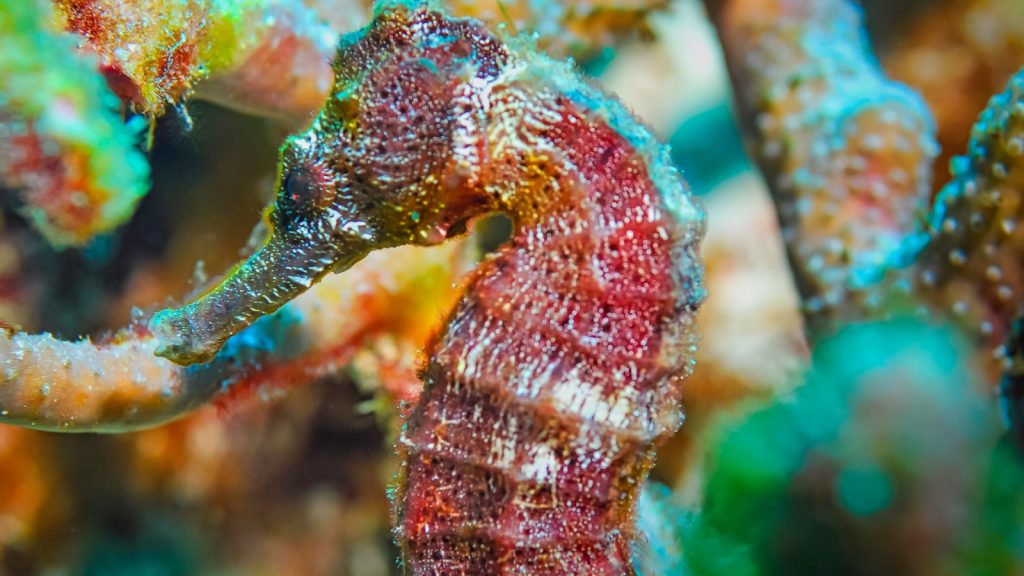
Seahorses have eyes that can move independently of each other, just like chameleons. This allows them to keep one eye on potential predators while the other searches for food. This unique ability helps them survive in their complex underwater environments.
They’re Masters of Camouflage
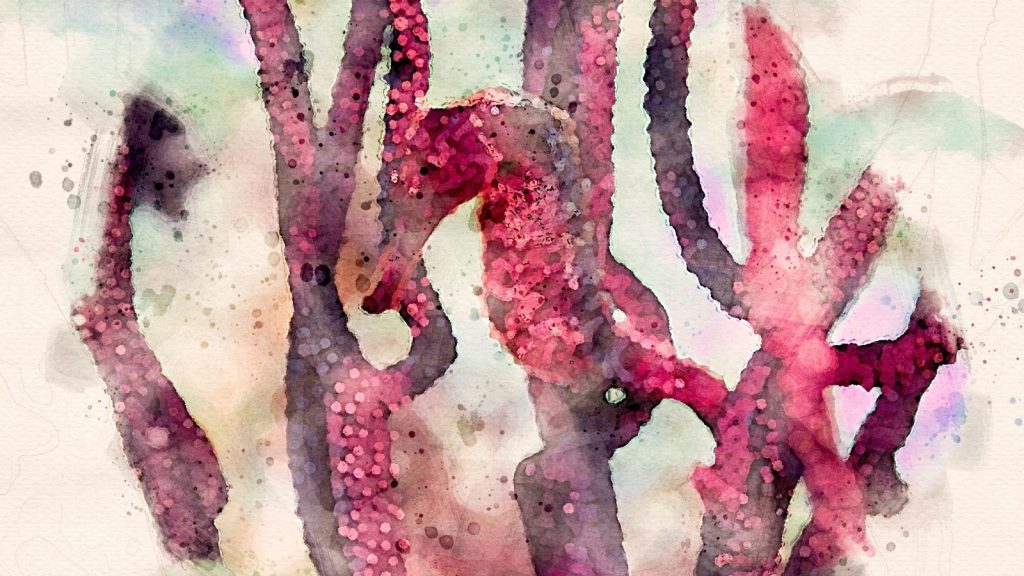
Seahorses can change color to blend in with their surroundings, much like chameleons. They can turn from bright orange to deep purple, or even grow skin filaments to mimic seaweed. This impressive camouflage helps them hide from predators and sneak up on prey.
They’re Monogamous
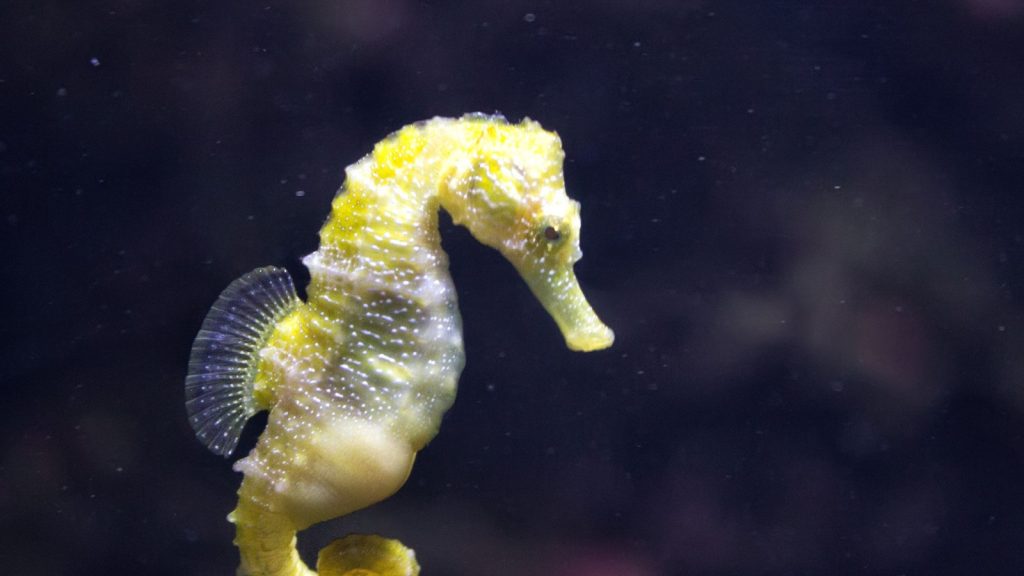
Unlike many fish species, seahorses are monogamous and mate for life. Pairs perform daily “greeting” rituals, often changing color and dancing together. These bonding behaviors strengthen their partnership and synchronize their reproductive cycles.
They Wear Crowns
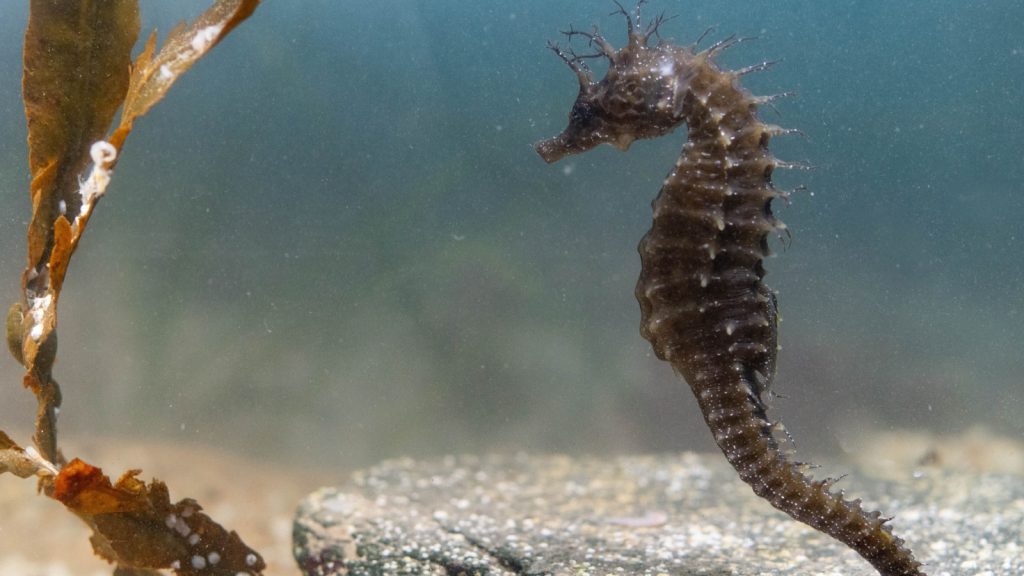
Many seahorse species have a crown-like structure on their heads called a coronet. Each seahorse’s coronet is unique, like a fingerprint, and scientists can use them to identify individuals in the wild. These crowns may also play a role in courtship displays.
They Use Snouts Like Straws
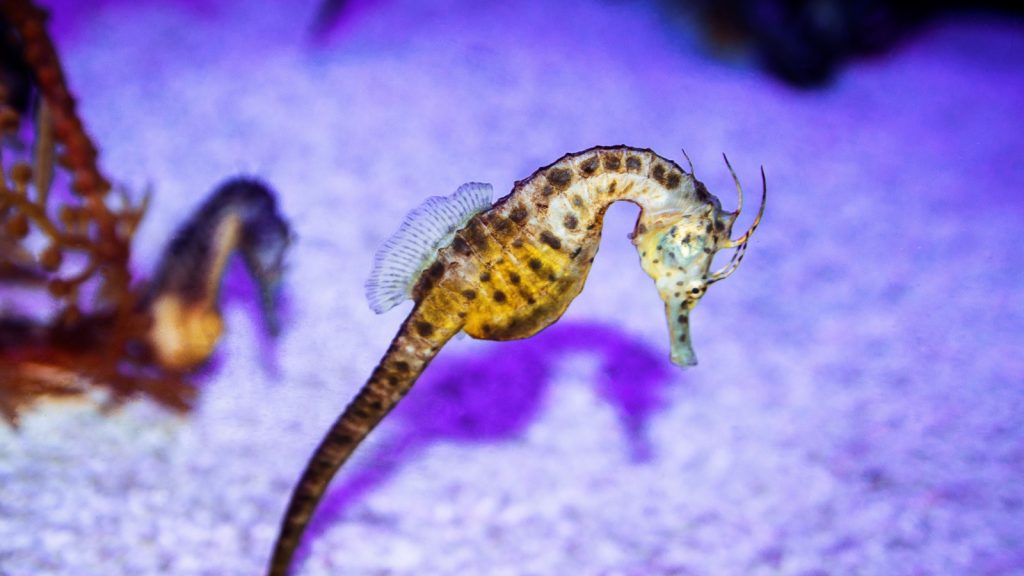
Seahorses don’t have teeth. Instead, they use their long, tube-like snouts to suck up food like a straw. They can extend their snouts to reach prey hiding in small crevices or between rocks. Their diet mainly consists of tiny shrimp and other small crustaceans.
They’re Surprisingly Noisy
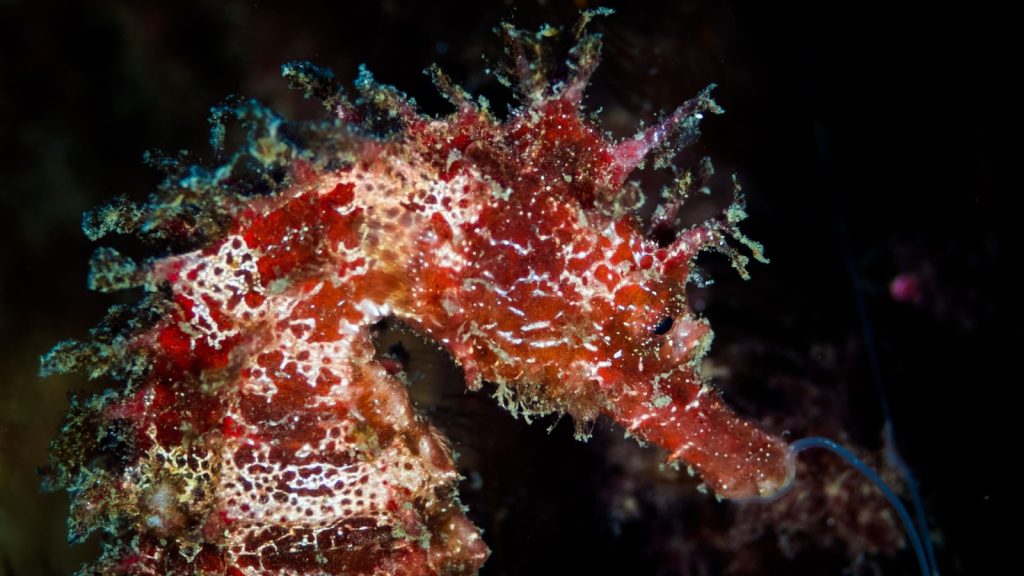
Despite their small size, seahorses can be quite noisy. They make clicking sounds by rubbing two parts of their skull together. These clicks are used for communication, especially during courtship and mating rituals.
They’re Threatened by Climate Change
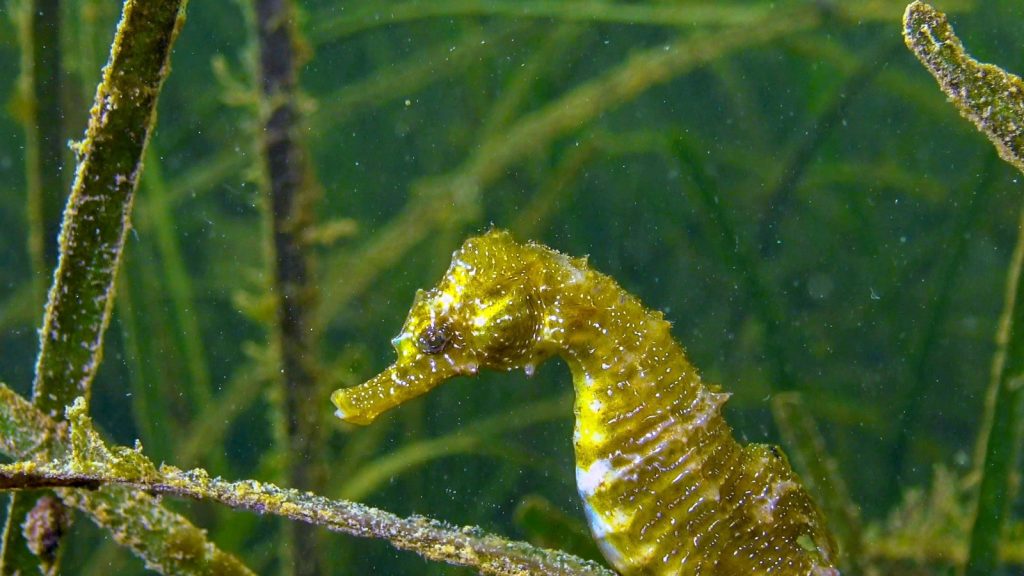
Rising sea temperatures and ocean acidification due to climate change pose significant threats to seahorses. These changes can affect their food sources and damage the delicate habitats they rely on, such as seagrass meadows and coral reefs.
They Have Armor-Like Skin
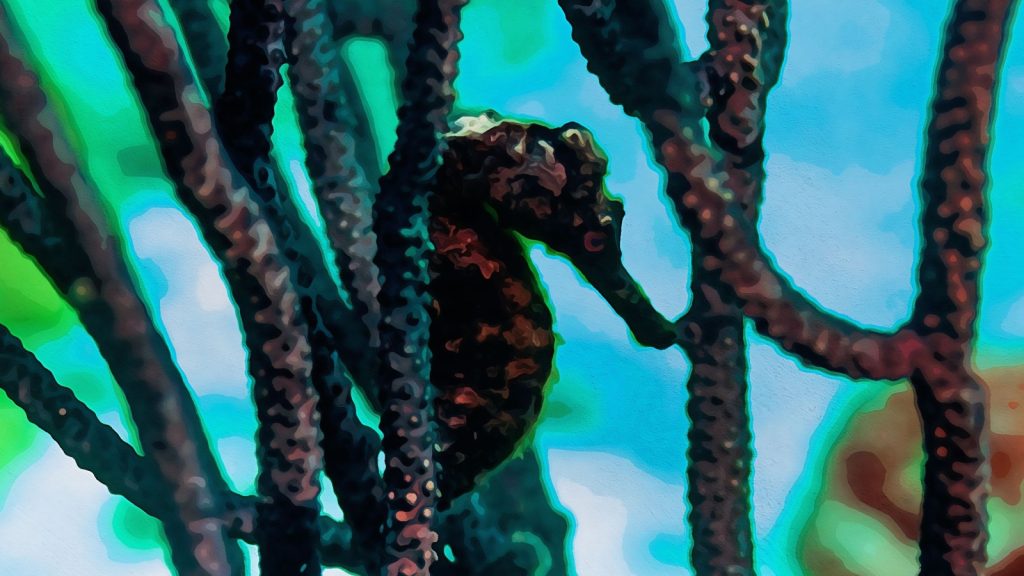
Seahorses have a unique skeletal structure covered by tough, bony plates instead of scales. This armor-like skin protects them from predators but makes them inflexible. As a result, they rely on their ability to blend in rather than flee from danger.
They’re Tiny but Mighty
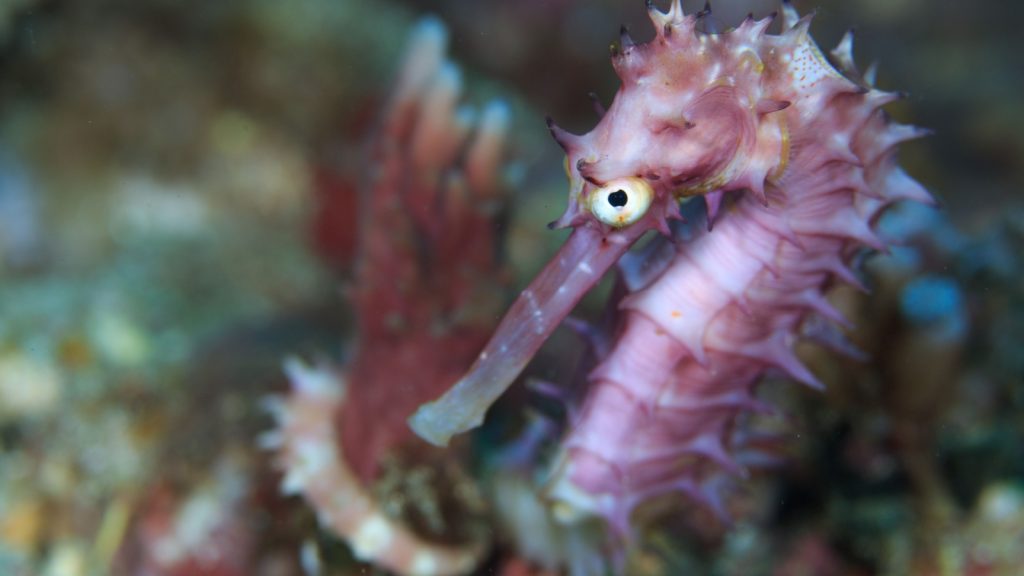
The smallest known seahorse species, the pygmy seahorse, is less than an inch long – about the size of a fingernail! Even the largest species found in British waters, the spiny seahorse, rarely grows longer than 6 inches. Despite their small size, they play important roles in their ecosystems.
They Can’t Survive in Freshwater
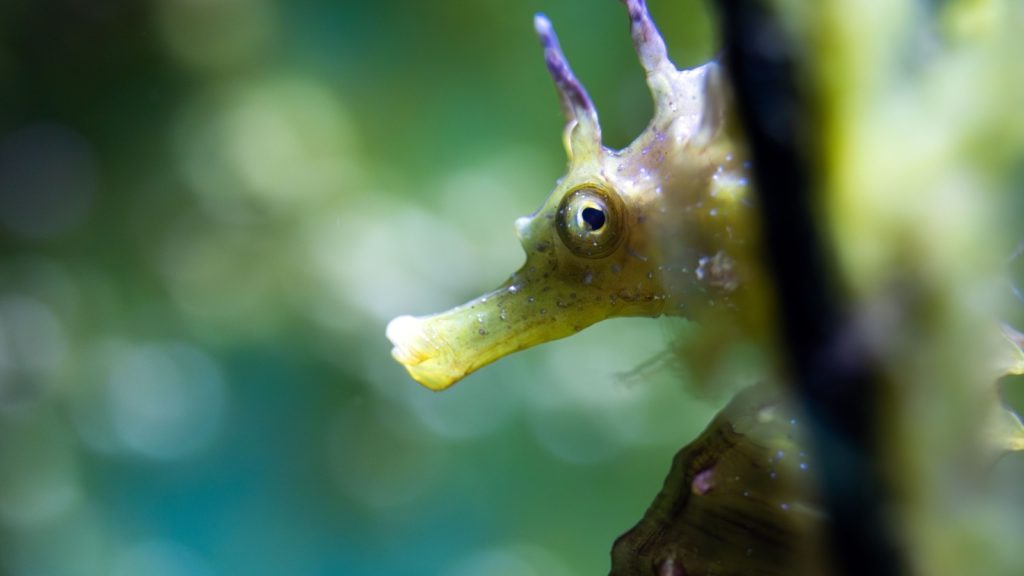
All seahorse species live in saltwater environments. They cannot survive in freshwater, which is why they’re only found in seas and oceans. In Britain, they’re most commonly found in coastal areas with seagrass beds or reef structures.
They’re Facing Habitat Loss
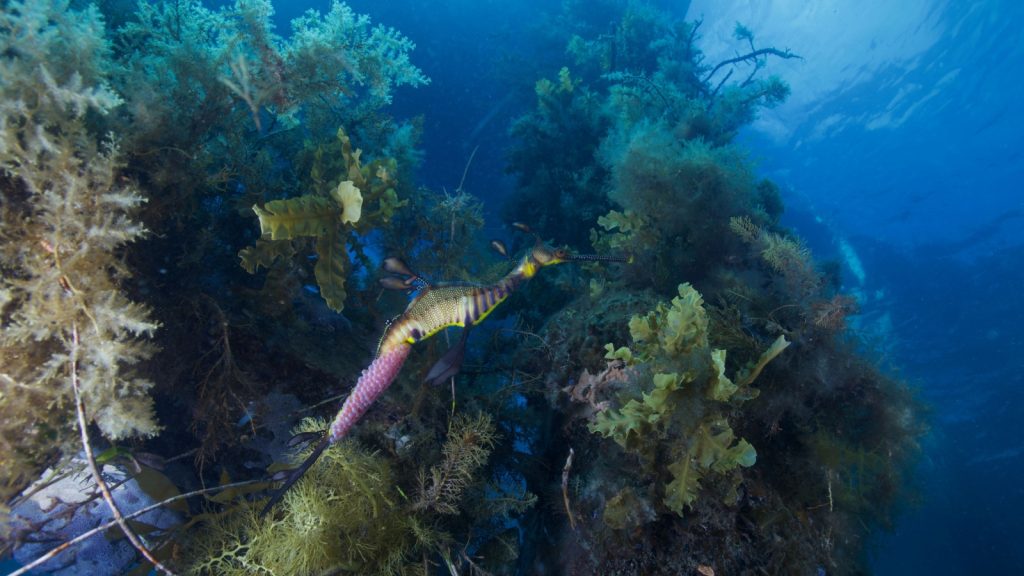
Seahorses in British waters are threatened by habitat loss due to coastal development, pollution, and destructive fishing practices. Seagrass meadows, which are crucial habitats for seahorses, have declined by up to 92% in UK waters over the last century. Conservation efforts are underway to protect these vital ecosystems and the seahorses that depend on them.



